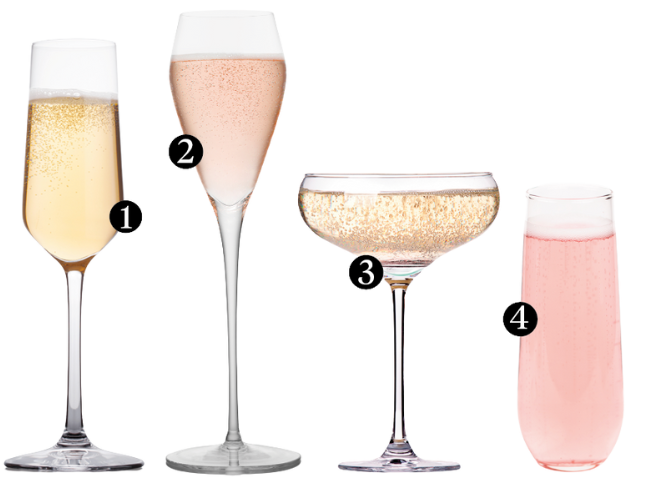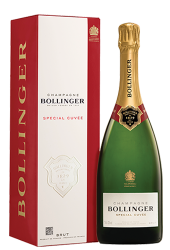Does shape really matter? We take a look at form and function when it comes to bubbly serveware.
1. The Flute
Elegant and classic, the thin shape of a flute is considered the most popular vessel for Champagne and sparkling wine, perhaps due to the ‘theatre’ of watching the bubbles rise to the surface and tempt you to take that first sip! Practical too, this shape of glass means there is more distance for those bubbles to travel and allows the aroma and flavours to rise with it. Ideal for classic and dry styles, such as Brut.
2. The Tulip
Just as delicate as a flute, this style of glass is wider in its mid-part and slim near the rim. Much like the flower, a tulip glass collects more floral aromatics which makes it a great choice for fruity sparkling wines such as prosecco or sparkling rosé.
3. The Coupe
While it might feel a little top-heavy compared to slimline glassware, the coupe is a vintage design made popular in the 1950s and trending again today. Bubbles from wine disperse and evaporate quicker in this glass, making wine taste softer and fruitier.
4. The Stemless
While the jury is still out on stemless glasses (people either love them or hate them), the shape of the glass provides a similar experience as a flute. But be mindful that because it’s sans stem, the warmth of your hand will affect the wine temperature too.
THIRSTY FOR MORE CHAMPAGNE STORIES?







